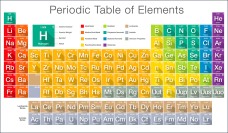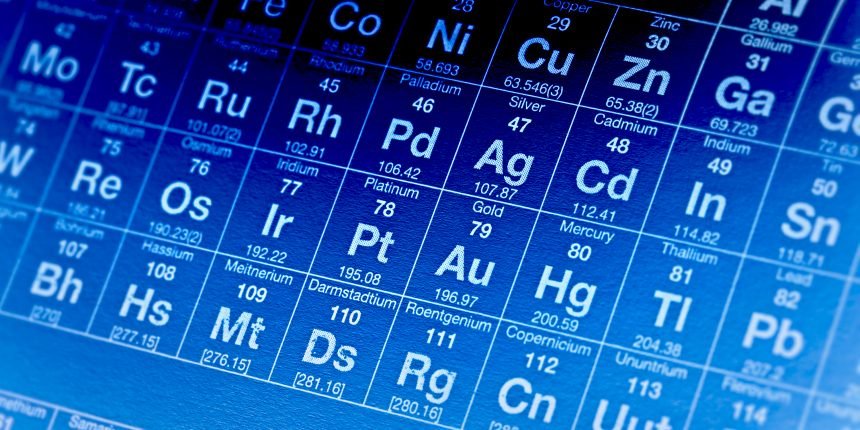Salaam (May God Bless You). Did you knew that many of the elements in the periodic table have the atomic symbols abbreviated to their names but some have atomic symbols which are totally different. This is because these elements were given the atomic symbols according to their Latin names. Elements are generally supposed to  have their atomic symbol to be abbreviated to their first alphabet in upper case letters but many have two alphabets such as Cu, C, Ca, these all have the alphabet C but represent different elements. The second alphabet is there to distinguish the elements from each other to avoid any confusion. The periods in the periodic table represent the number of shells there are in the element present in the period. The groups in the Periodic table represent the number of valence electron found on the outermost shell of the elements present.
have their atomic symbol to be abbreviated to their first alphabet in upper case letters but many have two alphabets such as Cu, C, Ca, these all have the alphabet C but represent different elements. The second alphabet is there to distinguish the elements from each other to avoid any confusion. The periods in the periodic table represent the number of shells there are in the element present in the period. The groups in the Periodic table represent the number of valence electron found on the outermost shell of the elements present.
The Group I Elements
The elements found on the group 1 and 2 of the periodic table are all metals but these are different to the commonly found transition metals as these are soluble in water and by dissolving in water these produce alkalis. These metals are also very weak and tend to break when we try to change their shape. These elements are mostly metals and are good thermal and electrical conductors. The elements are soluble in water and their reactivity increases down the row.
Group VII Elements
Group 7 elements are non metals which combine to form covalent and ionic compounds. The first few elements in group 7 are very reactive and the reactivity falls along the rows. The elements are used as oxidizing agents and can also be used for displacements reactions of any of the group 7 elements. These elements are soluble in water as well.
Group VIII Elements
The elements in group VIII are gases in room temperature and are called the noble gases. They were thought to have been inert. But in recent years many compounds have been made out of these elements. Helium is a gas whose compound has yet to be found. It is quite a beneficial gas and is preferred over hydrogen because it is inflammable. Argon is used mainly for experiments to provide and inert atmosphere.
Transition elements
Transition elements are also known as transition metals and unlike the ones in Group I, these metals are strong and malleable. These can be beaten into thin sheets. These also act as catalysts and form compounds with different oxidation states. These metals have a high melting and boiling point. These are also great conductors of heat and electricity both.
